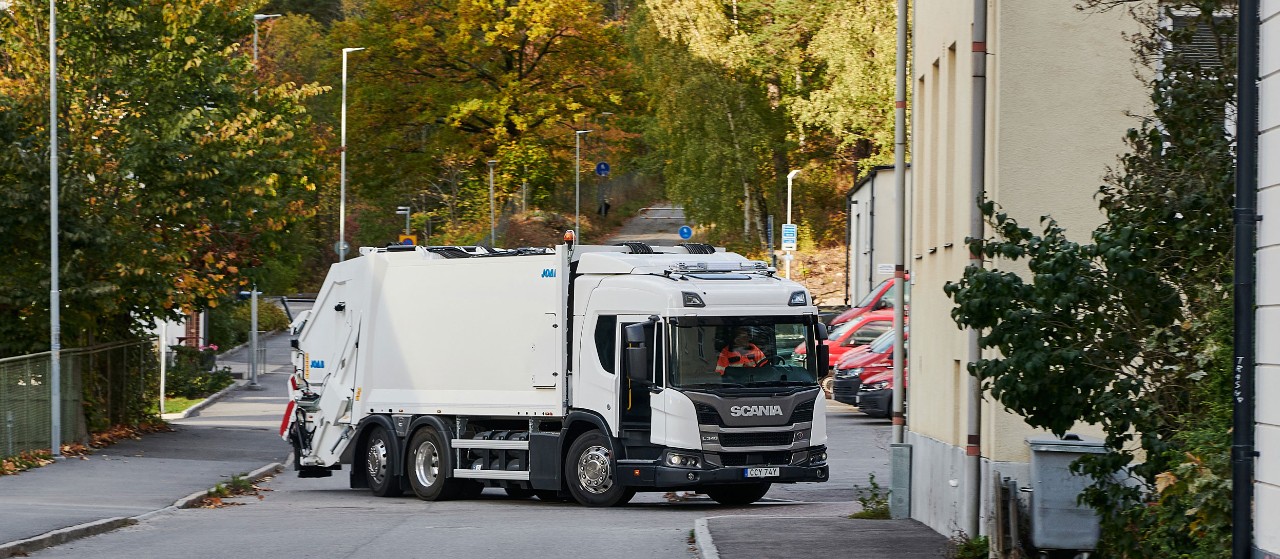
City Door meets and exceeds safety standards
10 DECEMBER 2020
Designing the new L-cab with the City Door has been a demanding challenge for Scania’s engineers. How do you ensure safety when a crucial part of the cab body structure that has already been verified through simulation and physical crash testing is to be replaced?
“Since we added the City Door to an existing cab, we needed to adapt the basic cab body structure,” says Project Manager Pelle Ingemansson, Scania Special Vehicles. “We knew that cutting into the body could affect strength, load bearing capacity and safety, which would require recertification.”
Working with the certification authority, RDW, Scania engineers modified designs until satisfactory results were obtained, reaching and exceeding the high EU legal criteria and in some instances even exceeding Scania’s stringent internal standards.
“Challenging feat by Scania’s engineers”
“There is no doubt that the tempered double glass in the door would break in the event of a crash but despite that, the cab body would need to absorb the impact.”
Therefore all calculations were based on a door frame without glass. This increased the level of forces traversing through the cab body and achieved a higher theoretical safety factor for Scania’s engineers when adapting designs.”
All this required a number of design iterations. By, for example, strengthening the door frame and cab floor, they would remain sufficiently unimpaired to carry crash forces through the cab back to the rear wall. Another alteration is that the passenger seat has been moved slightly backwards for greater protection and to increase floor area when entering and exiting.
Ultimately, this truck is now certified as safe as all other trucks. “We now know that we can ensure safety for the driver and passenger in normal motorway speed, which is important since the truck won’t only be travelling at low speeds in cities,” says Ingemansson.